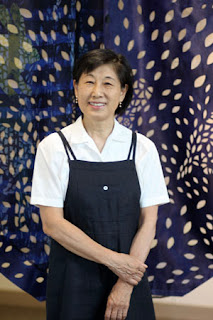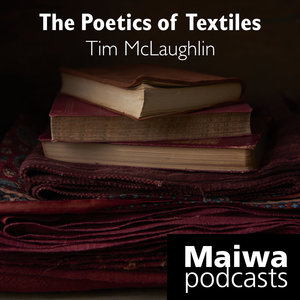A collection of cabinets and wonderful objects.
All hardwoods are old or reclaimed.
These are just a sample of the things that have arrived.
 |
| Handmade wooden boxes. Inbox? Outbox? You decide. $39.95 - $69.95. |
 |
| Small coffee table made from an old door. Aprox 2.5 x 3.5 feet. An old piece with deep wood tones and just a little intrigue. $799. |
 |
| Armoured door. A very solid door with frame and hardware, detailed with metal and carving. Aprox 6.5' x 3'. $2000. |
 |
| Armoured window. The match of the previous door. Aprox 4' high by 1.5' wide. $600. |
 |
| A cabinet with a hint of deco about it. Clean lines and solid wood. Inside there are a number of wide shelves and a drawer. Aprox 4' high by 3' wide by 1.25' deep. $699. |
 |
| A very sweet cabinet with one shelf and two glass windows set in a single door. A gentle patina shows the wood through blue paint. Aprox 2.5' hight 1.5 feet wide and 1 foot deep. $399. |
Maiwa East
1310 Odlum Drive
Vancouver, Canada
Open Thursday - Saturday 10am - 5pm
Open Sunday 11am - 5pm


























